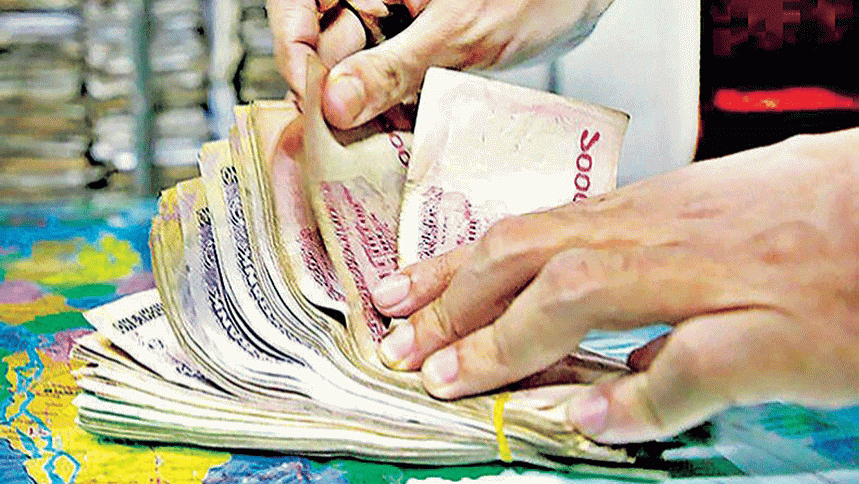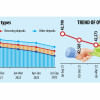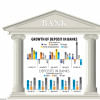Deposit growth plunges in Islamic banks

Deposit growth of shariah-based banks in Bangladesh plunged in 2022 mainly due to lower confidence among savers after a number of scams in the sector were unearthed by the central bank.
Deposit growth of the Islamic banks dropped to 2.9 percent in 2022 while it was 20.1 percent the previous year, according to the Financial Stability Report 2022 of Bangladesh Bank.
A top official of a leading shariah-based bank, preferring anonymity, said fear was created among savers when a number of negative news came on various shariah-based banks.
"So, some depositors were reluctant to keep funds in banks," the official said.
And although all the banks did not suffer scams, the issue has had a residual effect on all shariah-based banks, he added.
Bangladesh Bank's Stability Report says the performance of Islamic banks improved in 2022 in terms of efficiency and capital adequacy indicators compared to 2021.
However, the performance of the Islamic banks deteriorated in terms of asset quality, growth and liquidity indicators.
"The increase in non-performing loans and rescheduled investment ratios is largely responsible for the deterioration of asset quality in 2022, whereas the growth indicator degraded due to slower growth of assets, deposits, investments, and equity of Islamic banks that year," it said.
The situation in Islamic banks was so dire that from last December the central bank started monitoring five of them that had daily logs of sanctioned credit amounting to more than Tk 10 crore.
Furthermore, it asked two banks to pause giving big loans.
Total assets of shariah-based banks grew by 10.3 percent in 2022 while it was 21.6 percent in 2021, Bangladesh Bank data shows.
In the capital position, the capital to risk-weighted assets ratio (CRAR) of the Islamic banking cluster dropped marginally at the end of December 2022.
Meanwhile, the aggregate return on asset of Islamic banks increased to 0.52 percent in 2022 from 0.45 percent in 2021.
In this regard, net income from investment in securities and income from commission, fees and brokerage charges played a significant role to raise the return on assets.
In the liquidity parameter, the Islamic banks could not maintain the liquidity coverage ratio (LCR) in line with the Basel III standard, the central bank said.
In addition, the investment-deposit ratio (IDR) was within the regulatory limit but registered a significant increase in 2022 compared to 2021.
The aggregate IDR increased to 91.4 percent in 2022 from 84.7 percent in 2021.
The higher investment growth (15.6 percent) compared to lower deposit growth (2.9 percent) during the year 2022 was partially responsible for this notable increase in IDR, it said.
At the end of December 2022, a total of 10 full-fledged Islamic banks with 1,654 branches were operating in Bangladesh.
Also, eleven conventional banks operating through 23 Islamic banking branches and 14 conventional banks operating through 535 Islamic banking windows were providing Islamic banking services.

 For all latest news, follow The Daily Star's Google News channel.
For all latest news, follow The Daily Star's Google News channel. 








Comments